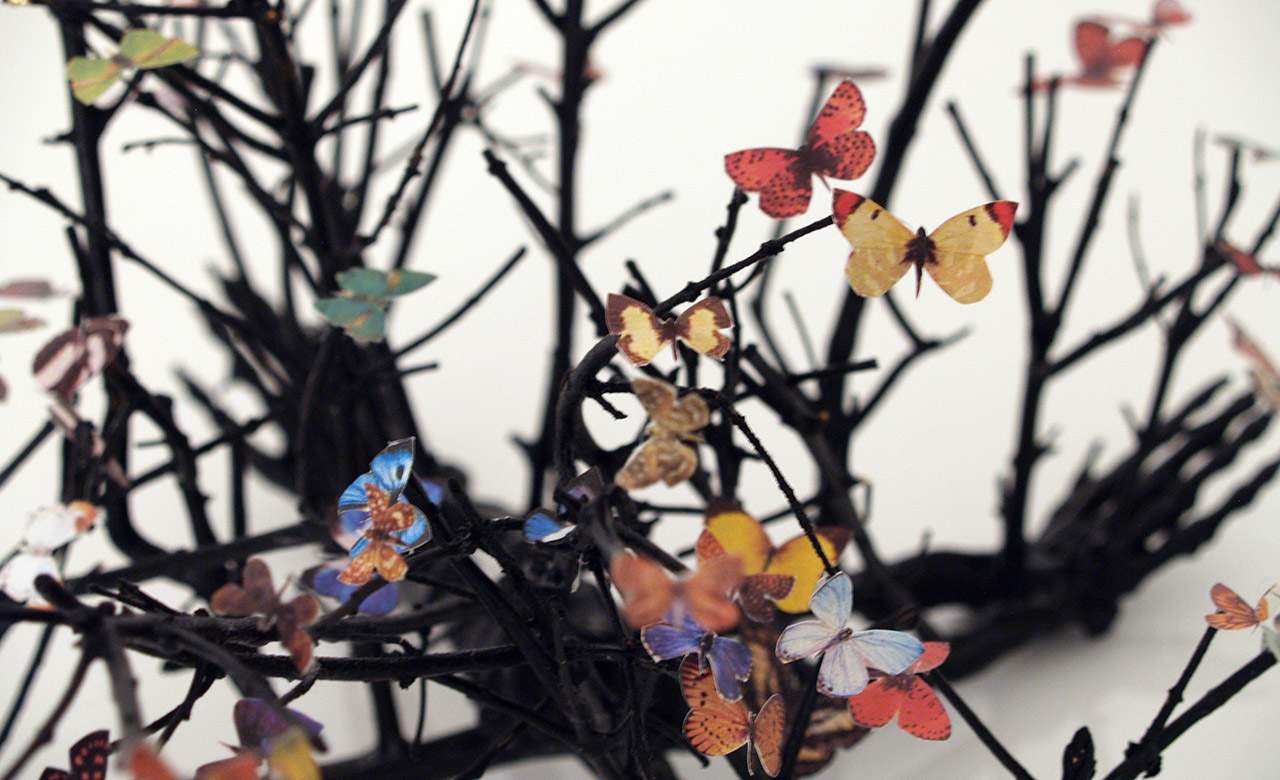Wunderkammer: The Strange and The Curious
Before there were museums, there were cabinets of curiosities.
Overview
Everyone likes accumulating unusual items, a pastime that dates back centuries. In Renaissance Europe for example, storing strange objects in cabinets of curiosities — also called wunderkammer — was the done thing. Natural wonders, religious relics, works of art, antiquities and other odds and ends would line shelves, often taking up entire rooms. These collections weren't just eclectic and eccentric; they were designed to offer a microcosm of the broader world.
Think of them as the precursors to museums, because that's what they were. And that's what the University of Queensland Art Museum is celebrating in an exhibition comprised of two parts: groups of bizarre, peculiar and all-round interesting items, all placed together for people to marvel at.
First, witness a showcase of scientific and medical instruments, religious paraphernalia, coins, illuminated manuscripts and contemporary artworks, displayed as they might have been years earlier. Then, feast your eyes on a wunderkammer conceived by Her Divine Holiness Pope Alice, aka Australian artist Luke Roberts. If the whole collection isn't strange and curious, then we don't know what is.
Image: Peter Madden, 1966-; Butterfly bones 2007. Plastic, wood, paper and resin. 28.0 x 25.0 x 40.0 cm. Collection of Dr Morris Low, Brisbane. Reproduced courtesy of the artist and Robert Heald Gallery, Wellington. Photo by Carl Warner.





